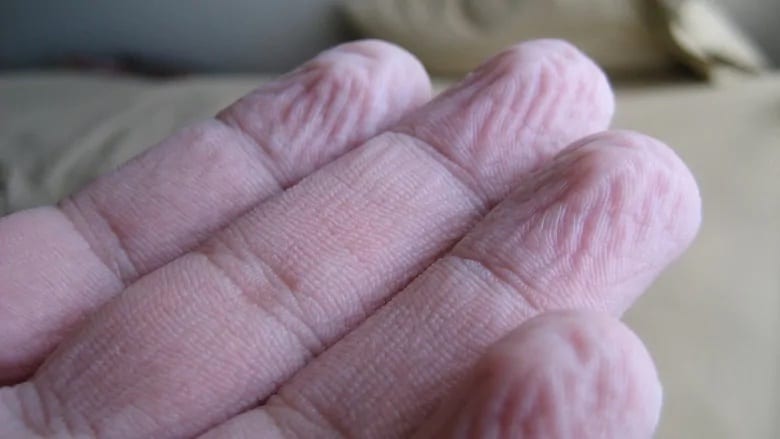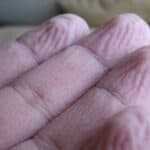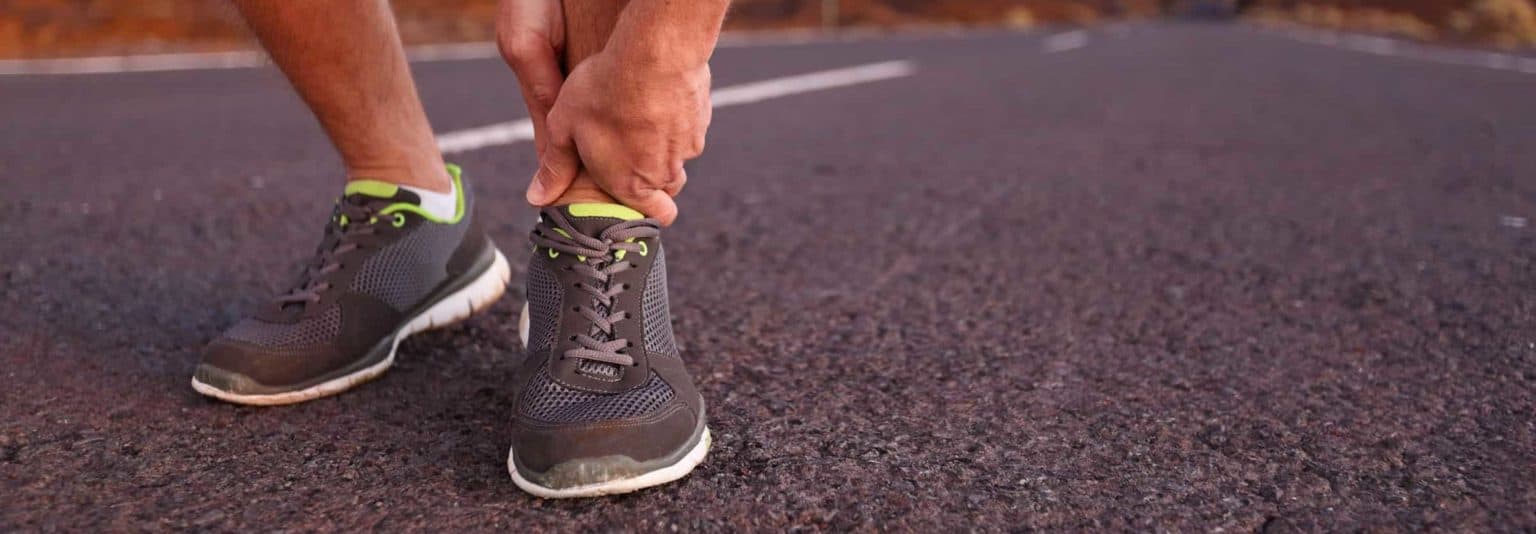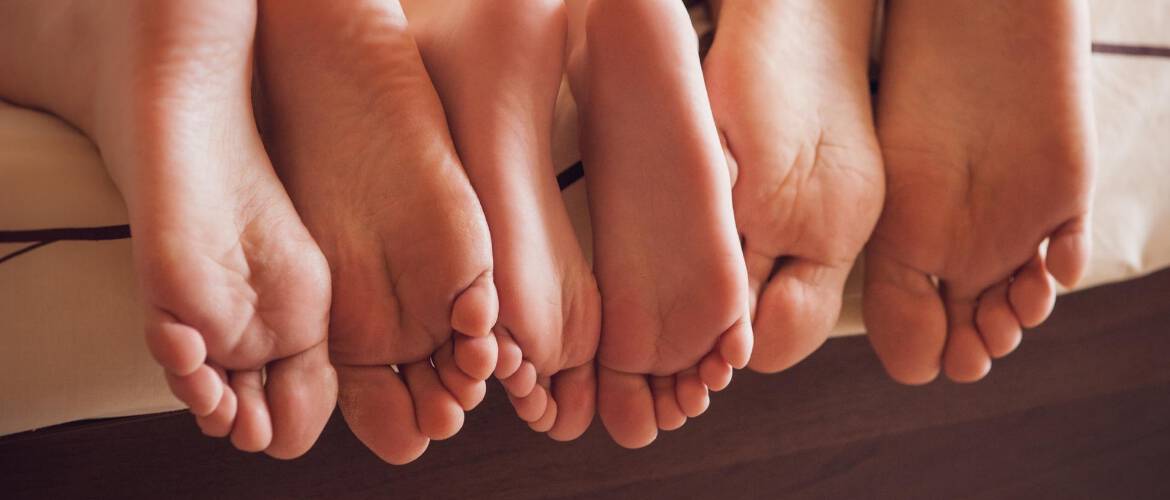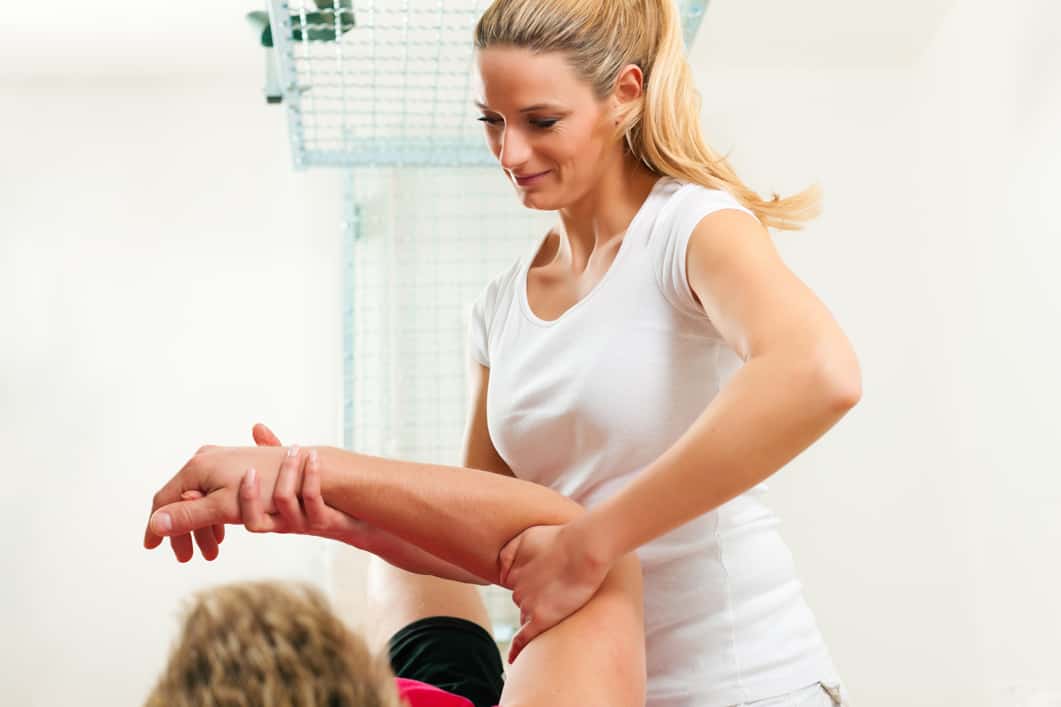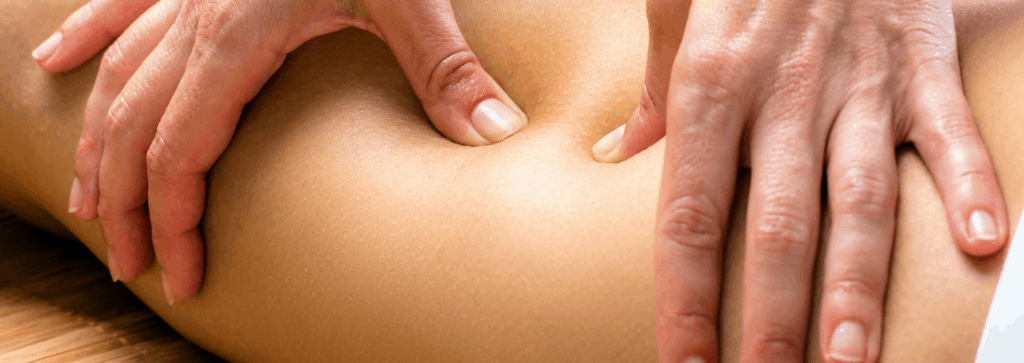Lisa Vernon, physiotherapist, writes this week’s blog. Shoulder blade function is a topic that relates to a course that she attended in Melbourne recently on assessment and treatment of shoulder problems.
The shoulder blade (the scapula, if you want to be clever) provides the foundation for movement at your shoulder.
The position in which the shoulder blade rests and the way that the shoulder blade moves is REALLY important for shoulder function.
It can make the difference between the shoulder moving well in the socket and getting a nice balance of muscle activity, and the shoulder not moving well in the socket, overloading certain parts, and the shoulder becoming painful.
Next time you are near the mirror have a look at your shoulders.
If you look at the line from the base of your neck down to your shoulder, does it look like a downhill ski slope or is it relatively level.
It is a rough guide, but if it is relatively level, that is a ‘normal’ resting position.
If your shoulders look like a downhill ski slope…..chances are your upper trapezius muscle isn’t actually doing the work it should be.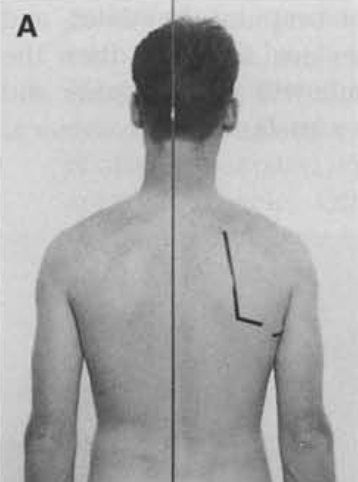
One possible reason is that for years, there has been a big focus on bringing your shoulders down and back.
If your shoulders are normally up around your ears like earrings that advice was probably helpful.
However, it may be that though years of bringing your shoulders ‘back and down’, you have in fact ‘switched off’ your upper trapezius or at least given the message not to work as hard.
Certain muscles get picked on a lot as ‘problem muscles’ like upper trapezius, but it is good to remember that all the muscles in our body serve a role. There aren’t any that don’t have a role to play – they all have to work harmoniously for an outcome.
If we ‘switch a muscle off’ or inhibit its’ function, we change the biomechanics.
In this case, if the upper trapezius muscle gets inhibited, the consequence can be that different structures of the shoulder, muscles and tendons get loaded adversely which can result in a tissue changes, shoulder injury and eventually pain.
The key as always is prehab, not rehab!
If you have any questions about your shoulders or any shoulder pain, give me a call to have a chat. Call 8356 1000 and ask to speak with Lisa.





